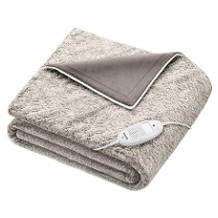Feather duvet purchasing advice: how to choose the right product
- What You Need to Know
- Down duvets are particularly soft duvets filled with bird down.
- They are very breathable, so they keep you warm when it is cold and cool you down at higher temperatures.
- They are categorised in different warmth classes depending on whether they are suitable for summer, winter or all year round.
- There are special down duvets for people with a house dust allergy or asthma condition.
Down duvets: Always the right sleeping climate
Although most people are familiar with down duvets, not everyone would be able to describe what makes them special. What is down anyway and how does it differ from ordinary feathers? Down is a feather with a particularly short keel. They form the undercoat of many birds, which means that they lie close to the animal’s body. Instead of a long feather shaft, they have elongated, soft feather branches. This makes them look less like the classic quill and more like a snowflake-shaped cotton ball.
Why are down duvets so special?
Their fine branches shape the down in a compact way, so that when piled up they serve as an air cushion between the individual feathers. These air cushions in turn create a heat-insulating effect – on the bird as well as in the down duvet. Down also has a breathable effect: the soft feathers keep warm when it is cold and cool when it is hot. They therefore even out the temperatures, which is why they are the ideal filling material for both winter and summer quilts.
History lesson
Down-filled quilts have been handed down since Roman times. According to ancient sources, Emperor Elagabal, who ruled from 218 to 222, already had pillows filled with down from partridges. Today, however, chicken down is hardly ever used.
Down duvets are now typically filled with goose or duck down. In addition to the cheaper down of ordinary ducks, some models contain noble down such as that of the Icelandic eider, a special duck species. So, depending on the type of duvet and the price range, different downs fill the textile product.
Why choose a down duvet rather than a feather duvet?
Feather duvets require a thicker cover material than down duvets. The pointed, long quills of large feathers quickly pierce thinner covers and damage them in this way. The thicker material around the feather duvet and its heavier weight make feather duvets heavier, less breathable and therefore not very comfortable.
While feather duvets are more something for the winter, down duvets are used all year round, depending on the type. Their universal use makes them somewhat more expensive than feather duvets. Some manufacturers compensate for the price difference by adding a small proportion of feathers to the down as filling material.
However, the positive effects of down no longer come into play with a proportion of 30 to 40 percent. Whoever buys a duvet with 90 percent feathers and 10 percent down – despite the product name – is not sleeping in a down duvet, but in a feather duvet; often with all the disadvantages mentioned above.
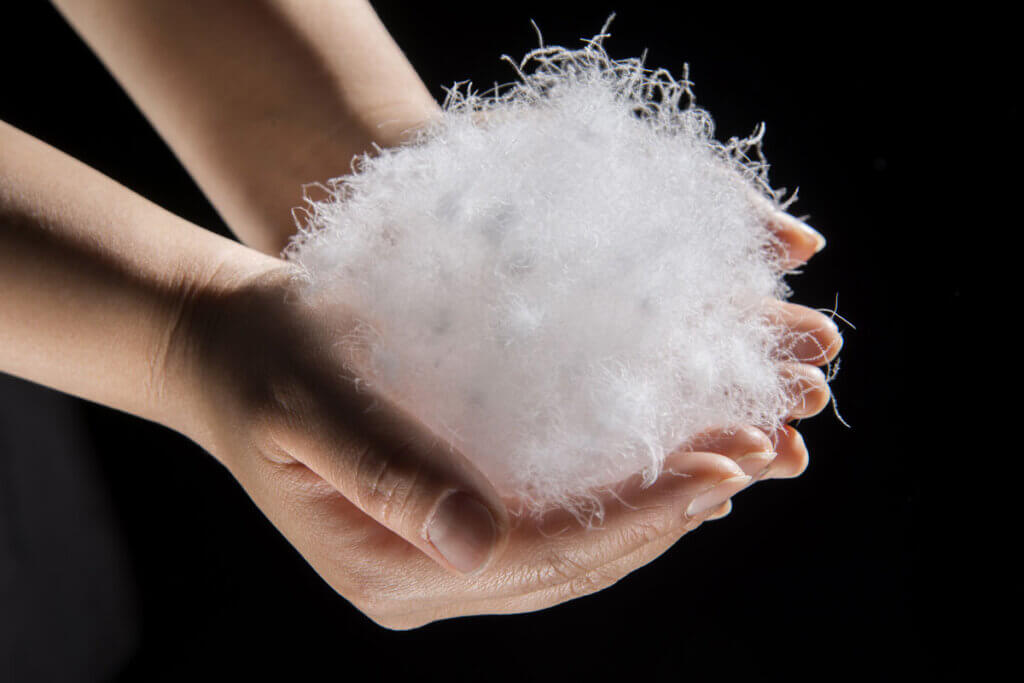
The advantages of a down duvet cannot be ignored: Their breathability and low weight make for a much more comfortable sleep. You sweat less and do not feel constricted by a blanket that is too heavy. More warmth during sleep also helps with rheumatic complaints. An investment in a high-quality down duvet therefore often also means an investment in a more peaceful night’s sleep.
Down for summer and winter
Different types of down duvets are divided into different warmth classes or warmth grades for orientation purposes. There are five down duvet types in total:
- Warmth grade 1: summer room temperatures of over 25 degrees Celsius.
- Warmth grade 2: room temperatures of around 20 to 25 degrees Celsius
- Warmth grade 3: room temperatures of about 15 to 20 degrees Celsius
- Warmth level 4: winter room temperatures below 15 degrees Celsius
- Warmth level 5: special warmth level for people who freeze easily at winter room temperatures.
The five warmth grades correspond to the respective warmth needs of the owner and help to identify how well the respective blanket can insulate heat. Because smaller and lighter people start to freeze more quickly, it is advisable for them to choose the blanket with the higher degree of warmth in case of doubt. In general, warm blankets are more suitable for winter and light blankets for summer. Blankets with warmth levels 2 and 3 make the most sense as transitional blankets. But the actual choice always depends on the room temperature. If you heat a lot, a thick blanket is sufficient even in winter months. For colder rooms, on the other hand, thicker blankets are suitable in spring and even summer.
How are down duvets made?
Summer down duvets, which are useful for room temperatures of about 22 degrees Celsius and above, usually do not have compact cassettes, i.e. individual pockets filled with down. Blankets of all other degrees of warmth, on the other hand, have such cassettes. The high inner webs prevent the uneven distribution of the down and serve as a height separation between the top and bottom of the blanket. Otherwise, the filling material would collect in the lower part of the blanket over time.
The higher the bar of a duvet, the more filled it is and the better the thermal insulation. The higher the quality of the down used, the less is needed. Therefore, high-quality down with a high thermal effect has a low blanket weight. This property is called filling power. It indicates how much the insulation material, in this case the down, straightens up after being compressed for 24 hours. The filling power is given in cubic inches (unit of measurement: cuin).
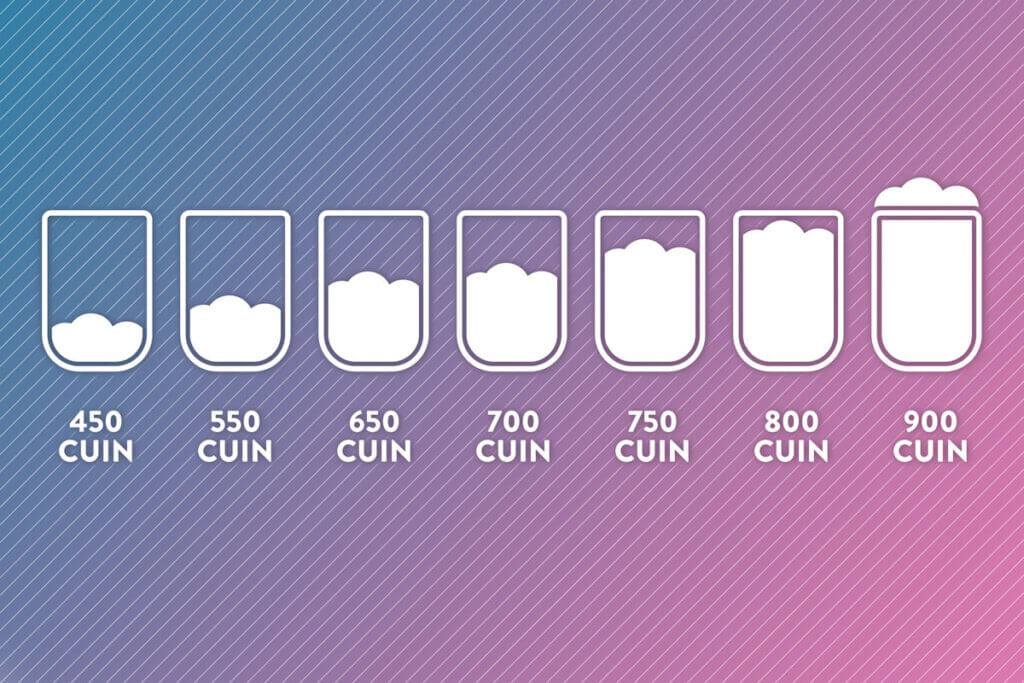
It is better to have several down duvets than just one.
The bars of a particularly warm winter down duvet of class 4 or 5 are usually around 8.0 centimetres thick. In contrast, the typical bar thickness of a medium-class down duvet is between 2.5 and 3.0 centimetres. Thanks to the five common classes, there are enough gradations to find the right model for your own sleeping experience. This can be a year-round model with a certain filling or a different version for winter, summer and the transitional period. If you choose several blankets, you will benefit from them for a longer time than from a single universal blanket. The down quality and thus the insulating effect deteriorate over the years.
Important factors: size, quality and sustainability
Down duvets come in different sizes. Typical rectangular or square down duvets have dimensions of 135 to 150 centimetres in width and 200 to 220 centimetres in length. If you are taller than 180 centimetres, you should sleep under a duvet that is at least 220 centimetres long in winter. In summer, on the other hand, a 200-centimetre-long blanket is sufficient because of the lower need for warmth. For very tall people, there are also blankets with a length of 240 centimetres. There is also a choice of particularly unusual models, such as a down-filled children’s sleeping bag with openings for hands and feet.
You should definitely pay attention to what material the cover of the down duvet is made of. Although most covers are made of cotton nowadays, there are also gradations in terms of material. For example, sustainable organic cotton is usually of higher quality, which is usually worth it: with the right care, you will use your down duvets for 20 to 30 years. Most manufacturers of high-quality down duvets offer you a guarantee period of at least 10 years.
Many established manufacturers only carry OEKO-TEX-tested duvets in their range. Independent institutes test textiles of all kinds according to this standard, which has a total of around 100 different test parameters and is also known as OEKO-TEX Standard 100. After passing the tests, a corresponding seal excludes the presence of harmful substances – for example banned azo dyes – in the blankets. Thanks to regular company visits by inspectors, manufacturers must also adhere to the OEKO-TEX criteria in the long term in order not to lose their certificate.
How do I clean a down duvet?
Down duvets are only good for your health and general well-being in the long term if you clean them regularly and properly. Most down duvets can be washed at 30 to 60 degrees Celsius. Depending on the product, you can even add the duvet to your normal coloured or white laundry. However, most down duvets can only tolerate a small amount of detergent, which is why it is best to wash them alone or together with other bed linen. Alternatively, or if your washing machine is not big enough, you can leave your duvet in the hands of a professional laundry.
Do not iron, do not bleach
Be careful never to iron, bleach or dry clean your down duvet. These processes destroy the integrity of the material and the filling.
Some models are suitable for the dryer – but there is a risk that the down in the cassettes will clump together during drying and will not be as soft as before. In such cases, some cassettes even empty completely and their filling material then moves to other corners of the blanket. It is best to leave washed blankets in the dryer until the filling is completely dry to prevent the down from shifting.
It is better for the quality of the down duvet if it is left to air dry – but not directly in the sun, otherwise the down can become brittle. You should also shake the duvet every day. This prevents the filling from clumping together and keeps the down airy and loose. In winter, it is advisable to occasionally place the blanket on a heater that is not lukewarm to keep it fresh and elastic. In this way, it does not contract due to the cold and retains its flexibility in the cold season.
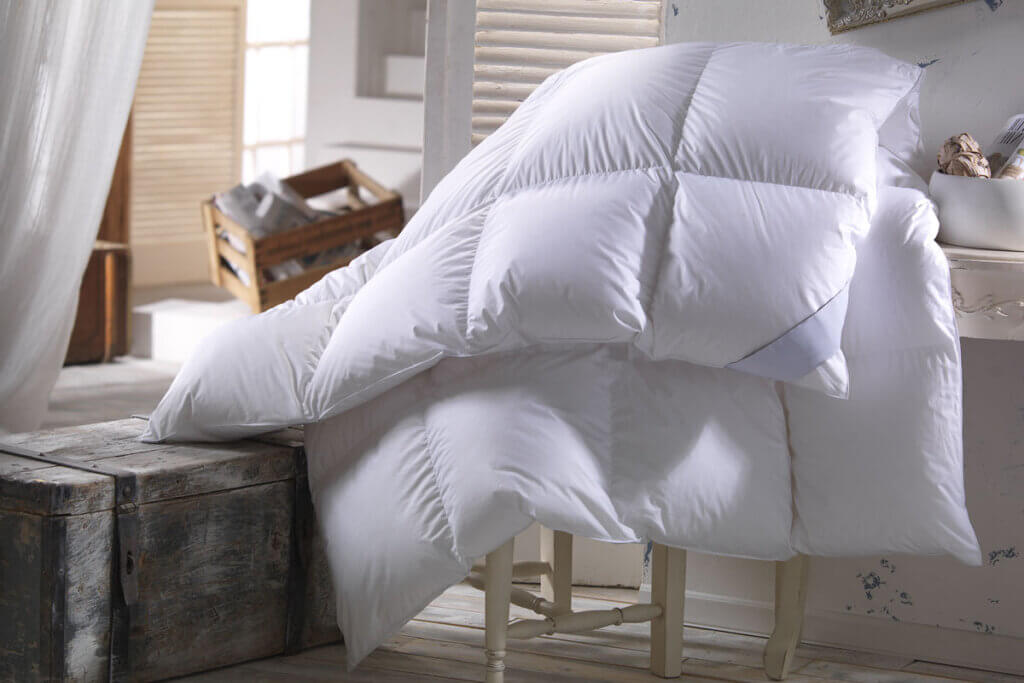
Down duvets for allergy and asthma sufferers
There are also versions for people with house dust allergies or asthma. These down duvets usually have a particularly fine cover on which moisture evaporates quickly, provided they are well aired. This means that dust mites have fewer opportunities to multiply. Furthermore, these special blankets are usually washable at 60 degrees Celsius to kill all mites. Allergy and asthma sufferers in particular should own several blankets so that they can change them regularly.
Down pillows: Be careful with the filling
Allergy and asthma sufferers should also buy a suitable down pillow. Manufacturers mark suitable pillows and duvets with the NOMITE mark, a trademark of the Association of the European Bed Feather and Bedding Industry. This mark indicates whether a duvet is suitable for people with house dust allergies.
As in the case of down duvets, there are also down pillows with different fillings, filling grades and cover materials. Here, it is above all the lying comfort and thus the shape that is important. Larger pillows ensure a higher head position when sleeping, while you lie flatter on smaller pillows with less filling. Higher pillows are best for those who prefer to sleep on their side. Lower pillows are more for those who sleep on their back or stomach. Down pillows usually come in square and rectangular shapes. The most common size is 80 x 80 centimetres. Down pillows are lighter than their feather-filled counterparts. What’s more, they are particularly soft, breathable and more efficient at balancing moisture.
However, many alleged down pillows are only filled with down to a small extent. Therefore, you should pay even more attention to the proportion of feathers and down in pillows. At best, down pillows should be replaced after about three years: The filling has compressed too much during this period, so that the cover loses its elasticity significantly and no longer ensures a comfortable sleep.

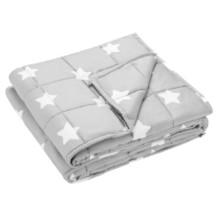
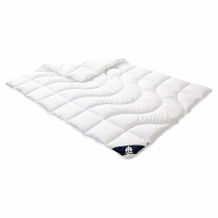
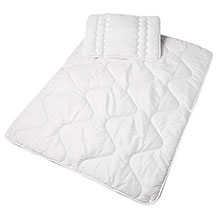
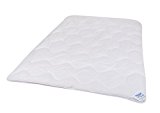
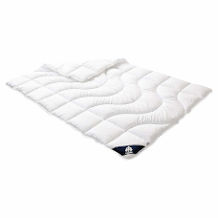
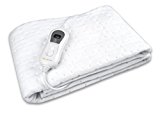
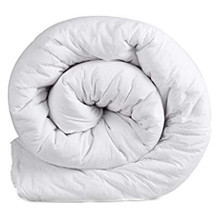
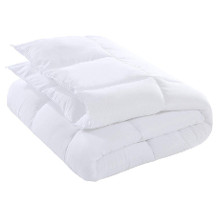
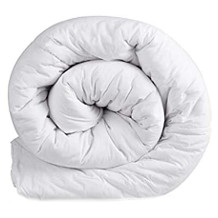
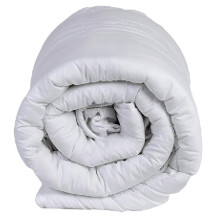
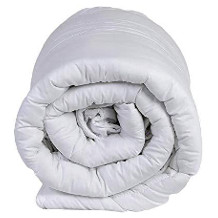
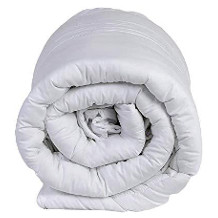
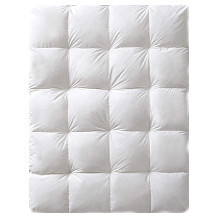
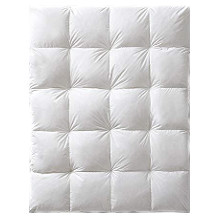
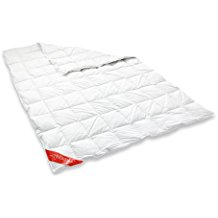
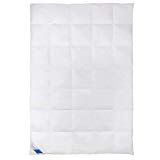

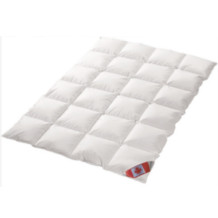
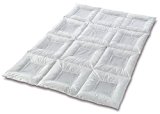
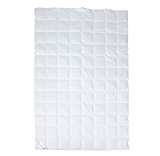

 2,594 reviews
2,594 reviews
